We as human beings may live in a very big and also beautiful world peacefully, but our planet certainly has its fair share of freakiest places and mysterious places. These places are just waiting for the next morbidly inclined traveler to come to visit. Each of these places would definitely bring a little scare feeling towards anyone who visits them.
These are 5 of the freakiest places around the world:
1) Gonjiam Psychiatric Hospital in Gyeonggi, South Korea
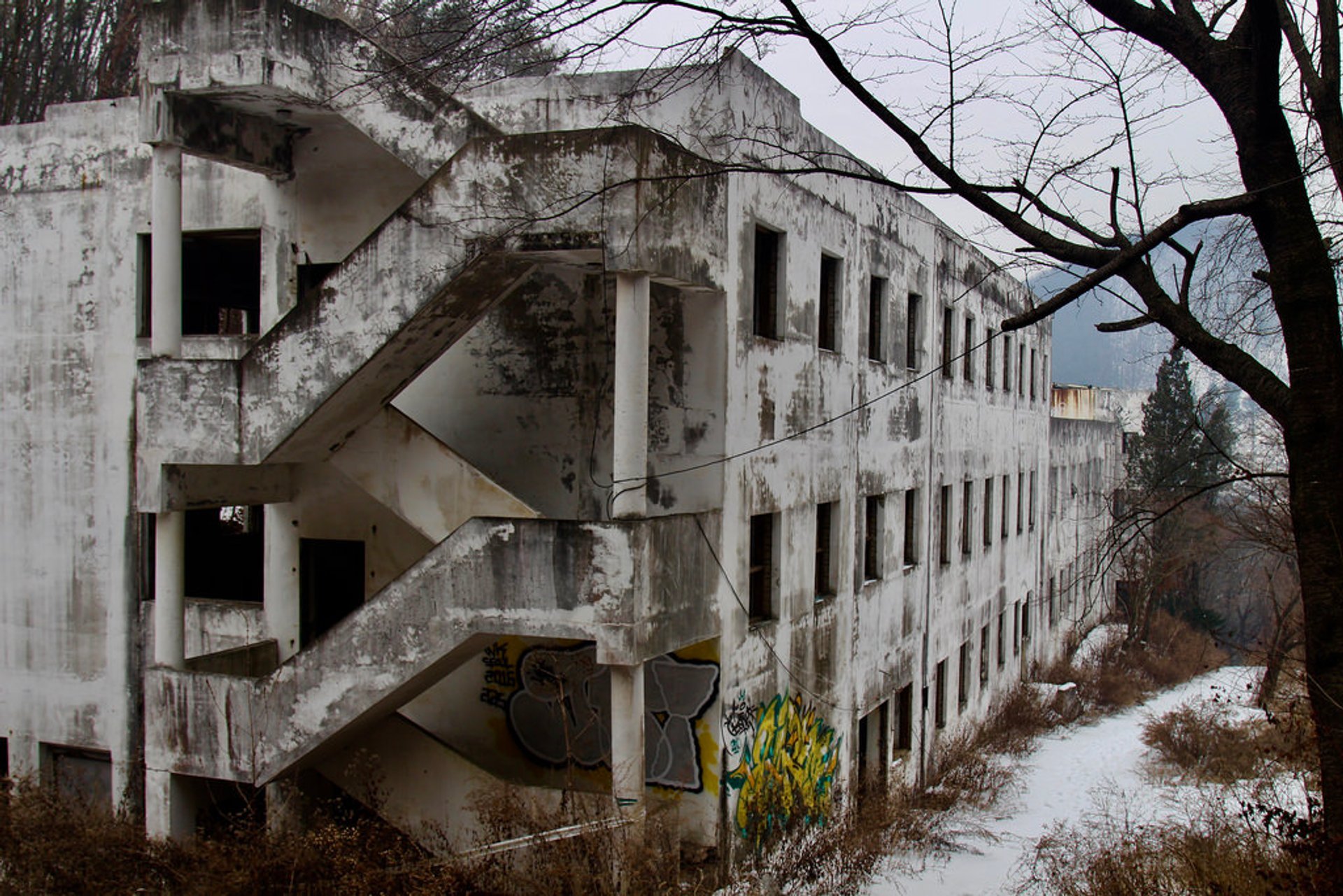
The Gonjiam Psychiatric Hospital in Gyeonggi, South Korea, certainly has every feature and also element a building needs to be considered frightening. If just the appearance of the building doesn’t send shivers down your spine, its story will certainly have you thinking twice before you enter. Believe it or not, the Gonjiam Psychiatric Hospital was fully operational in 1995. We’re talking doctors, nurses, patients, the works.
According to legend, its owner was clinically insane and kept many of his patient’s prisoner. When government officials came to investigate the many mysterious patient deaths, the owner ran away to America. The owner’s flight to America was in 1996. From then on the hospital was abandoned. The mattresses, medical equipment, and everything else was left to nature’s wiles.
2) Sedlec Ossuary in Sedlec, Czech Republic
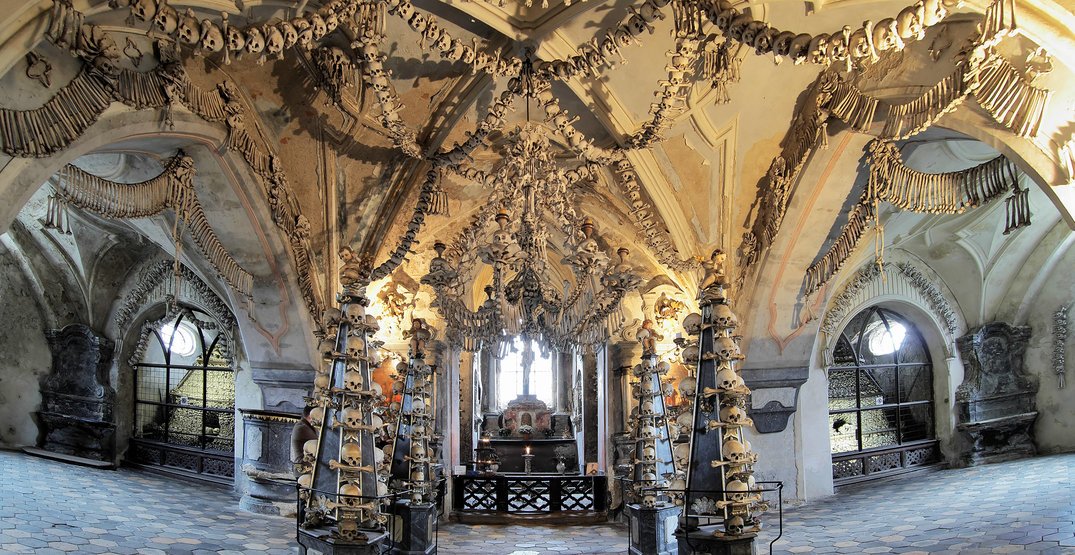
The Sedlec Ossuary also known as the Church of Bones is one of the most unusual chapels you will ever see. This building is nothing spectacular on the outside. It is a small chapel located in Sedlec, in the suburbs of Kutna Hora, in the Czech Republic. You would think that it is just an average old medieval gothic church.
As you enter the Sedlec Ossuary though, you will soon realize why it is one of the most amazing and unique churches in the world. This particular building is artistically decorated by more than 40.000 human skeletons.
3) Akodessewa Fetish Market in Lomé, Togo
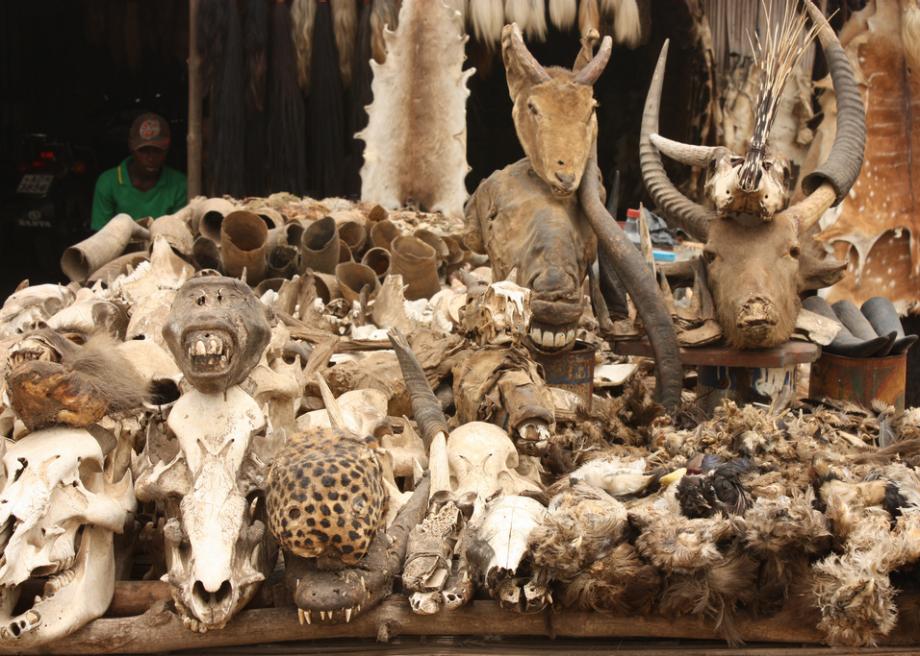
Togo’s capital city of Lomé is the birthplace of the largest Voodoo market in the world. It is definitely a kind of super supply store for fetishes, charms, and also anything else one might need for a ritual. The Akodessewa Fetish Market, or better known as “Marche des Feticheurs”, is a place where you can find anything from leopard heads and also human skulls to voodoo priests who bless and create fetishes or predict the future and make medicines that can heal.
The Akodessewa Fetish Market is a mecca for local practitioners and also travel there from all over the African continent. Many believers view theMarche des Feticheurs as a kind of hospital or pharmacy. This is the exact place you go when you either cannot afford traditional treatment or traditional treatment has failed you.
4) La Isla de las Muñecas in Teshuilo Lake, Mexico
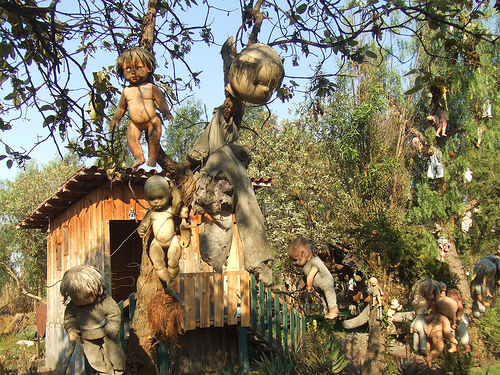
Over fifty years ago, Don Julian Santana left his wife and child and moved onto an island on Teshuilo Lake in the Xochimilco canals. According to some, a young girl actually drowned in the lake, while most others, including his relatives, say Don Julian Santana merely imagined the drowned girl. Regardless, Don Julian Santana devoted his life to honoring this lost soul in a unique, fascinating, and unnerving way. He collected and hung up dolls. Eventually, Don Julian finally transformed the entire island into a kind of bizarre, horrifying, doll-infested wonderland.
He began collecting lost dolls from the canals and the trash near his island home. He is also said to have traded produce he grew to locals for more dolls. Santana did not clean up the dolls or attempt to fix them, but rather put them up with missing eyes and limbs, covered in dirt, and generally, in whatever ramshackle state he found them in. Even when dolls arrived in good shape, the wind and weather turned them into cracked and distorted versions of themselves. In 2001 Don Julian Santana was found drowned in the same area in which he believed the little girl died.
5) Battleship Island in Nagasaki, Japan
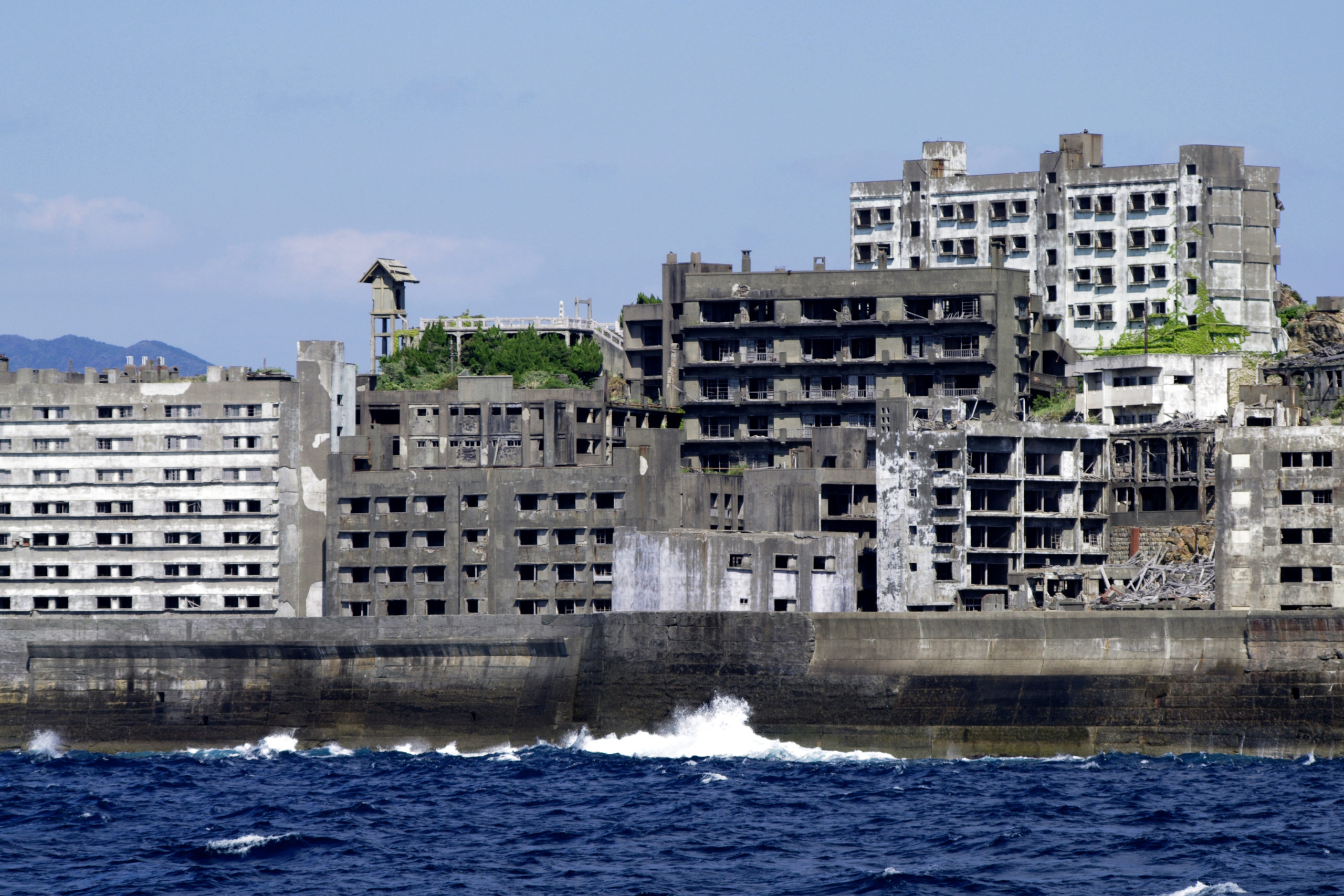
The island was once a symbol of Japan’s rapid industrialization. Bought by Mitsubishi in 1890, the previously uninhabited island was transformed with modern buildings and conveniences. These included early examples of concrete apartment blocks and electric lighting. By the 1950s, the population had swelled to as many as 5,000 people, attracted by solid wages and the unique mining culture. As coal power gave way to gasoline, coal prices fell, and many mines, including Hashima, were permanently closed. By 1975 the island was completely evacuated.
Hashima Island’s increase in popularity and status as a World Heritage Site, though, has not been without controversy. What many don’t know is that the island had a history of forced labor before and during World War II. The terrible conditions and unsafe environment led to untold suffering—along with as many as a thousand unrecorded deaths. Tour companies are often reluctant to talk about this, leading to suggestions that those in power are attempting to rewrite the island’s history in a more favorable light.
Sources: CNN News.

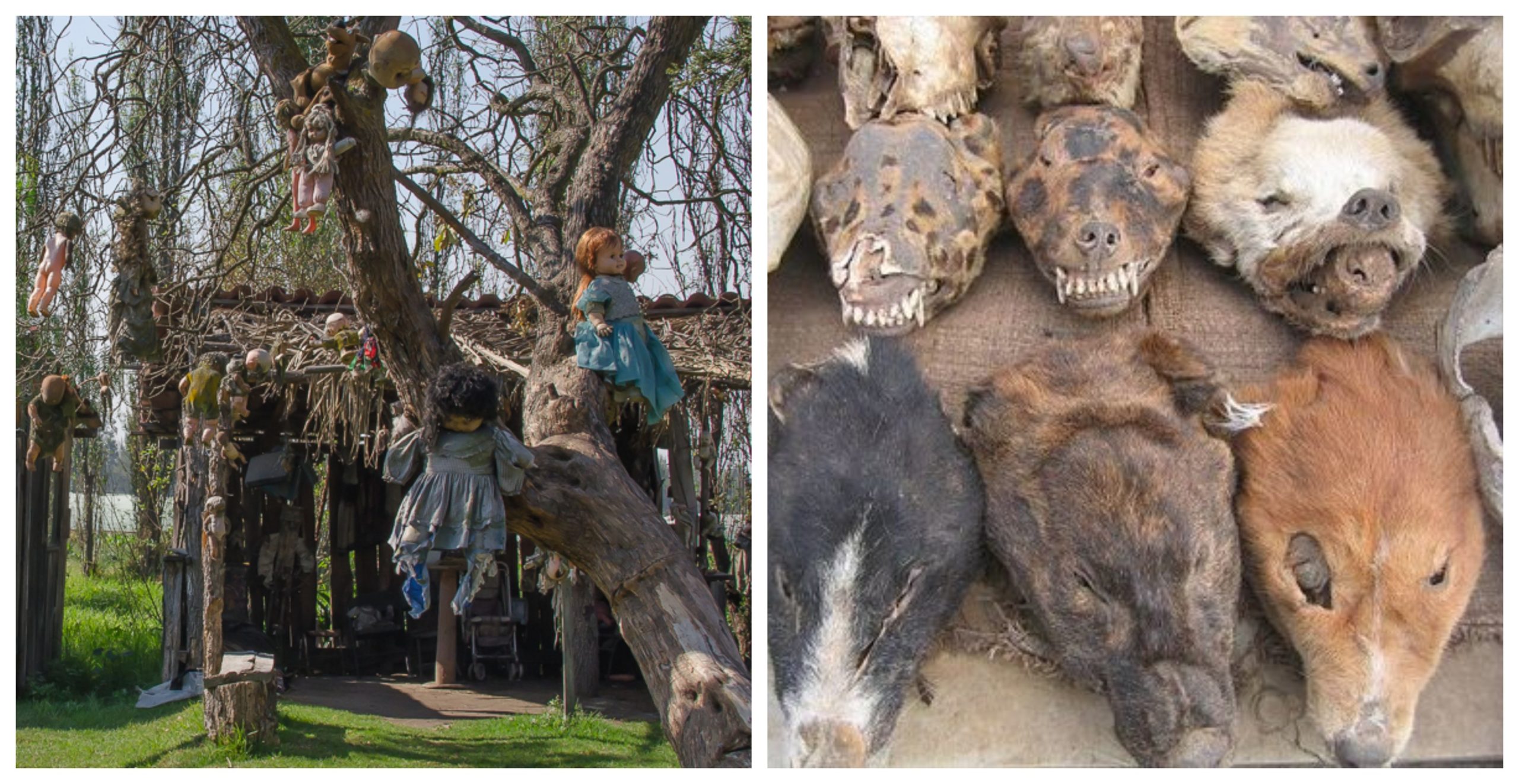

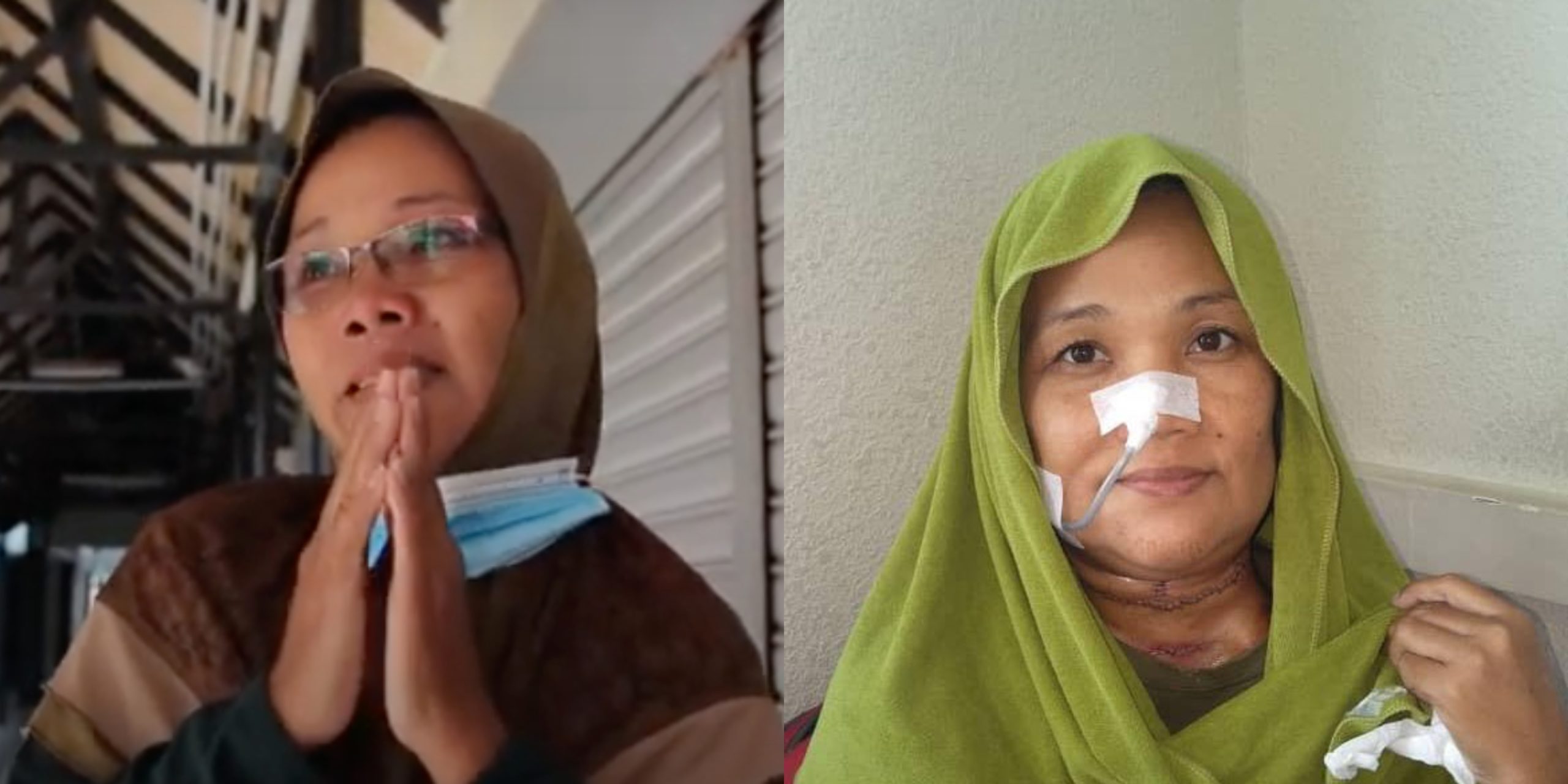
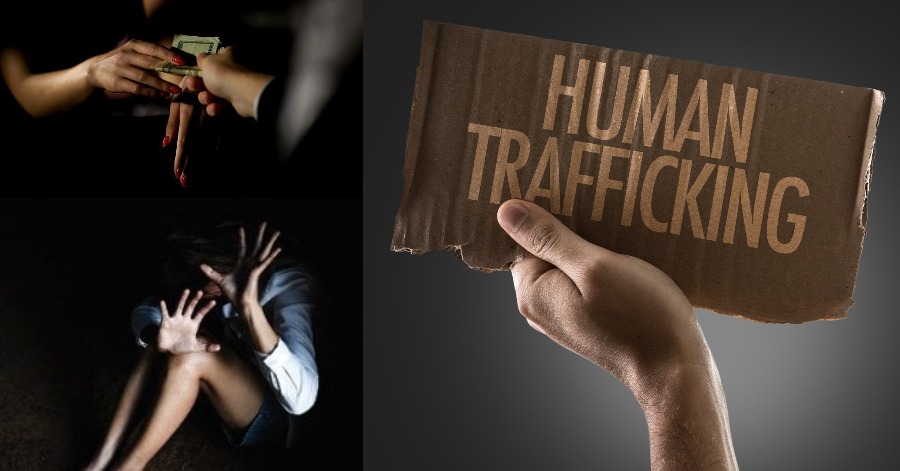
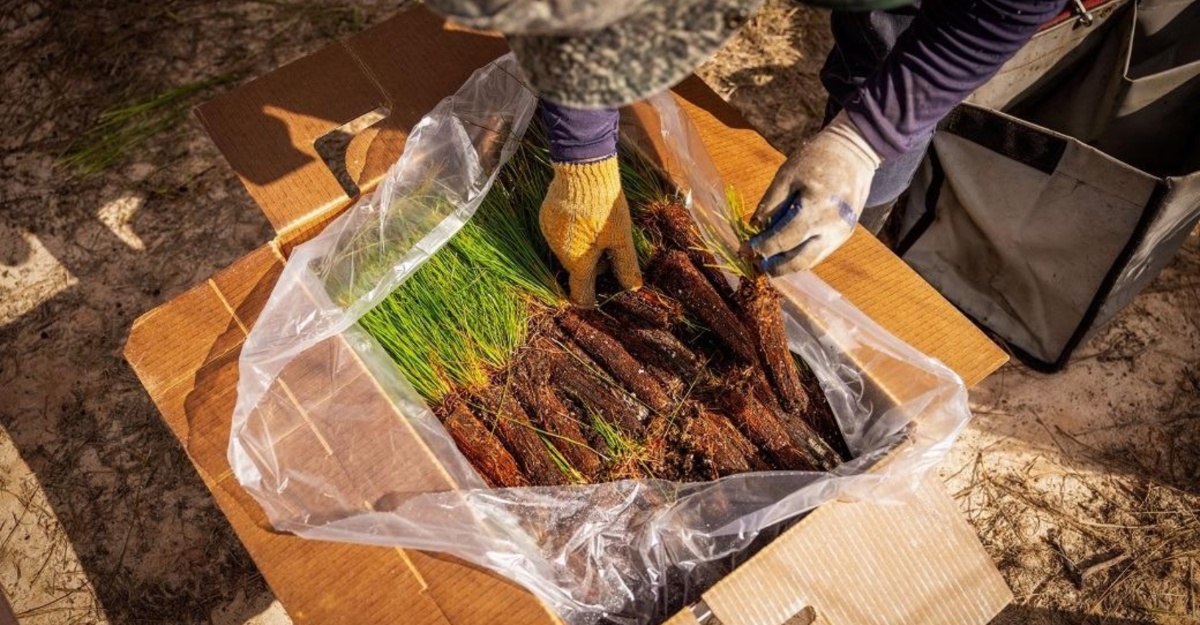

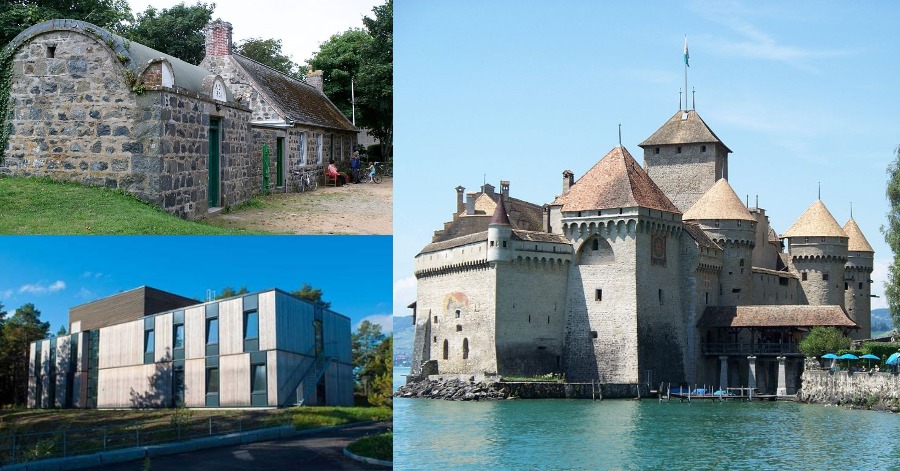

Leave a Comment